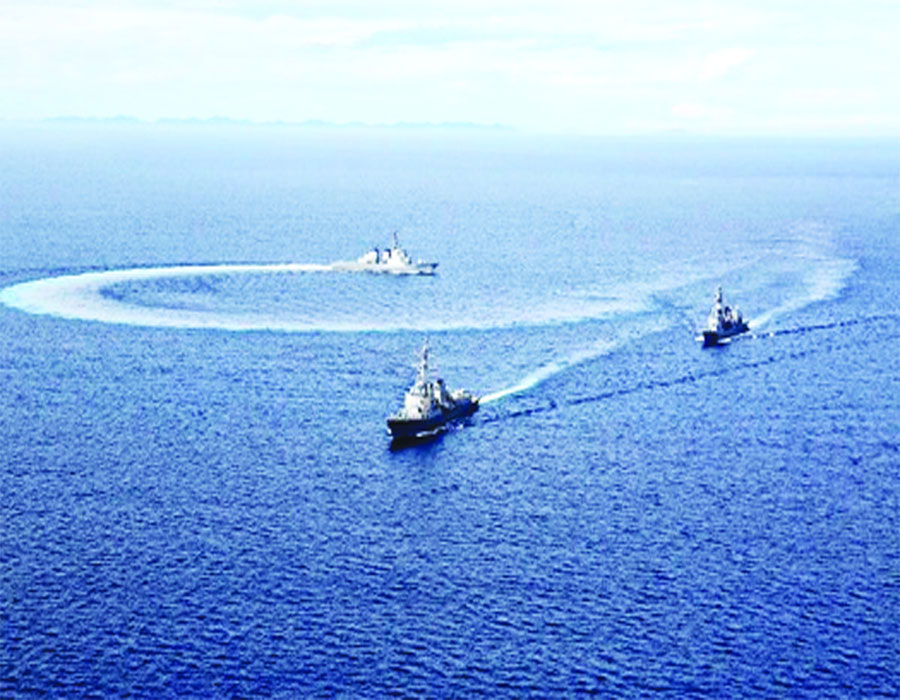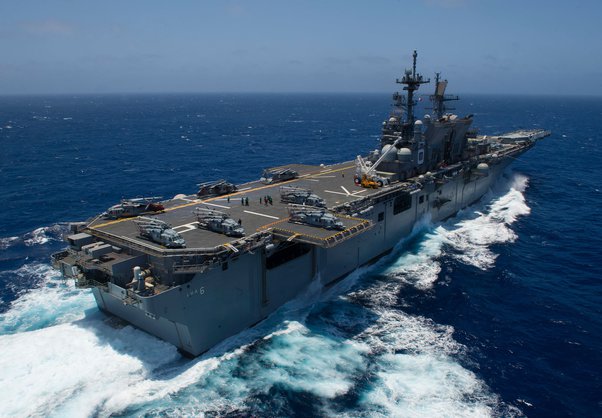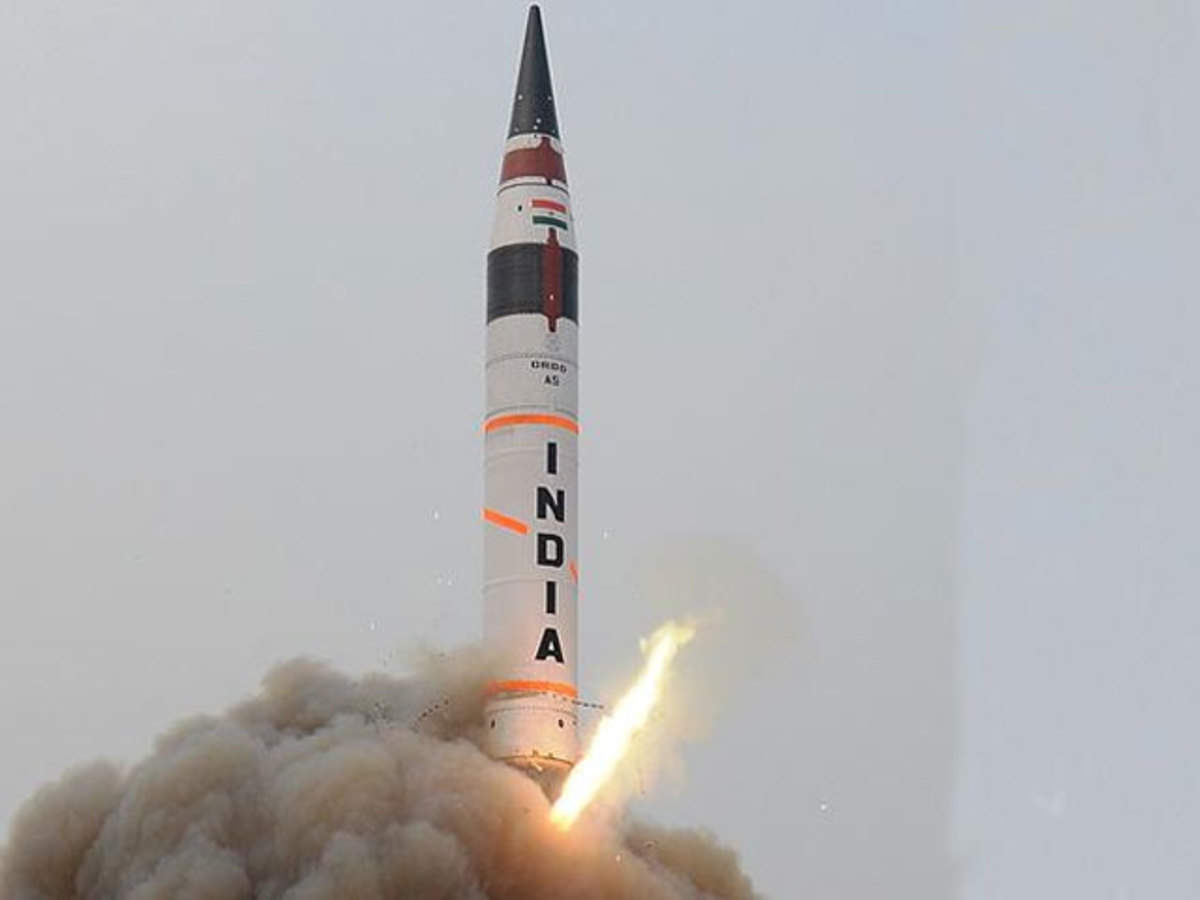The naval exercises by US, India, Japan and Australia in Bay of Bengal firm up a coordinated maritime alliance to tame China
The Quadrilateral Security Dialogue or Quad has finally taken off with four member States — US, India, Japan and Australia — conducting joint naval exercises in the Bay of Bengal. This is the first step in the operationalisation of a maritime alliance that is intended to counter China’s expansionism in the Indo-Pacific region by a coordinated response plan and sharing each other’s military strengths. It solidifies the consensus between four nations to act equally together regardless of a Chinese hitback against them individually, something which had held back the Quad all these years and fuelled the dragon’s ambitions. In fact, India itself had soft-pedalled the Quad initiative, hoping to deepen transactional ties with China given its economic dependencies. But China’s routine border incursions, justifying them on the ground of perceptional differences over the unmarked Line of Actual Control (LAC), and finally the clash in Ladakh, changed all that. India realised that for all the years of bilateral talks, based on looking at issues other than the thorny boundary question, were just a fig leaf for China’s naked territorial ambition. And as the standoff at Ladakh and Beijing’s insistence on restoring claimed positions of 1959 prove, it won’t settle or give up land that suits its strategic dominance in the region. And given China’s economic and military heft, India has realised that it needs to make common cause with the US, which is the only polarity capable of challenging and neutralising China, and put pressure on another front, the sea routes. In fact, it is at US insistence that India has firmed up its commitment to Quad and even welcomed Australia to the war drills. Predictably, China is anxious.
India has been wary of Australia for a long time as China continues to be that nation’s largest trading partner, accounting for 32.6 per cent of its exports. India had never thought that Australia would do anything to jeopardise this mutually beneficial relationship. But in a post-pandemic world, which has been entirely the fallout of China’s negligence and its neo-imperialism in a weakened economy, new allies are realising that without a common bulwark, there’s no chance of standing up to China’s might. Virus-hit badly, Australia had, with US encouragement, spearheaded a petition for a neutral, global investigation into Covid-19’s origin and China’s complicity in it. Our eastern neighbour, which now sees both India and Australia as US stooges, immediately responded, imposing an 80 per cent tariff on Australian barley and banning beef imports. Ever since, Australia has been looking to find allies where it can divert its exports and whom it can stand with. That led to the Comprehensive Strategic Partnership between India and Australia. With the biggest democracies with stakes in the region now collectively committed to preserving open waters and holding off China’s misadventures, a robust Quad can encourage smaller States to coalesce together against Chinese assertiveness and debt-trap diplomacy. And if mutual interests find congruence, then over time it could become a NATO-like presence in Asia that could stand up to China’s bullying tactics. Most significantly, the military alliance could also be extended to an economic coalition of sorts, for example, by setting up a Quad Free Trade Agreement (FTA). An alternative supply chain and market would reduce the region’s dependence on China. With this consolidation, Beijing could have a tough time monitoring the entire South China Sea, which it claims as its sovereign territory.








 OpinionExpress.In
OpinionExpress.In















Comments (0)